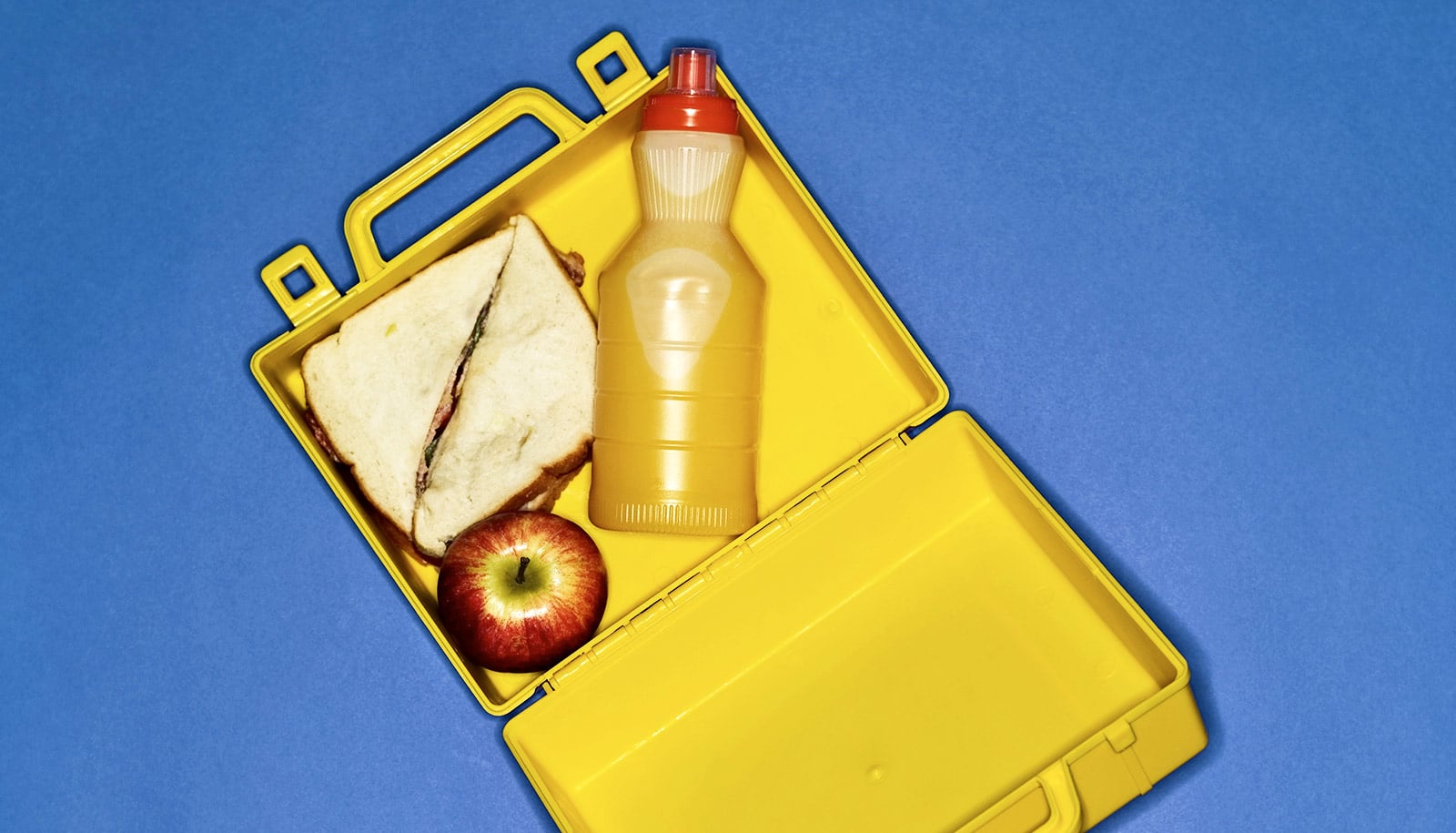Scientists are calling for more stringent food labeling regulations following a new study that found packaged food ingredient lists did not include suspected allergens.
The survey of 864 Allergy & Anaphylaxis Australia members found that over nine months, 58 (6.7 percent) reported anaphylactic reactions.
Australian food labels must declare potential allergens when they are present as ingredients or as components of food additives or processing aids. The Precautionary Allergen Label (PAL) is voluntary and uses statements such as “may contain traces” or “may be present”.
Of the 58, five (8.6 percent) said there was no PAL, 31 (53.5 percent) said there was a PAL but it didn’t specify the suspected trigger food, and 22 (38 percent) said there was a PAL that did list it. Suspected trigger/s were peanuts (19), other tree nuts (11), cashews (8), milk (9), eggs (5) walnuts (3), sesame seeds (2), and prawns (1).
Symptoms included difficult/noisy breathing, tongue swelling, throat swelling/tightness, difficulty talking and/or hoarse voice, chest tightness and shortness of breath, wheeze or persistent cough, persistent dizziness and/or collapse, paleness, and floppiness as part of a generalized allergic reaction (in young children only).
The results, which appear in the Journal of Allergy and Clinical Immunology: In Practice, were similar to an earlier study based on Australasian Society of Clinical Immunology and Allergy health professional reports.
The fact that an allergen specific PAL was missing in more than half the anaphylaxis examples is concerning, says lead researcher Giovanni Zurzolo, a postdoctoral research fellow at the Melbourne University School of Population and Global Health Allergy and Lung Health Unit.
Current industry PAL practice failed to consistently provide safe food choices for those with allergies, who still had to take risks. “There is no reliable labeling system that protects consumers with food allergy from anaphylaxis,” he says.
Anaphylaxis is a serious health issue, says senior author Katie Allen, a professor at Murdoch Children’s Research Institute and the University of Melbourne. “This research shows how important accurate food labeling is. These reactions can be life-threatening.”
Government regulation and improved labeling is needed to standardize the PAL system and, in doing so, improve the quality of life for consumers with food allergies.
“As most consumers [who] experience a reaction do not often report the incident, it is likely this represents an underestimation of true prevalence,” the researchers write.
“We believe government regulation is required to aid in the standardization of PAL. Further to this, we advise clinicians to caution consumers about the possibility of allergic reactions to packaged foods, in particular high risk foods such as chocolate, ice-cream, sweets/candy, and baked products.”
Additional coauthors are from Victoria University, Royal Children’s Hospital, and the University of Sydney.
Source: University of Melbourne


